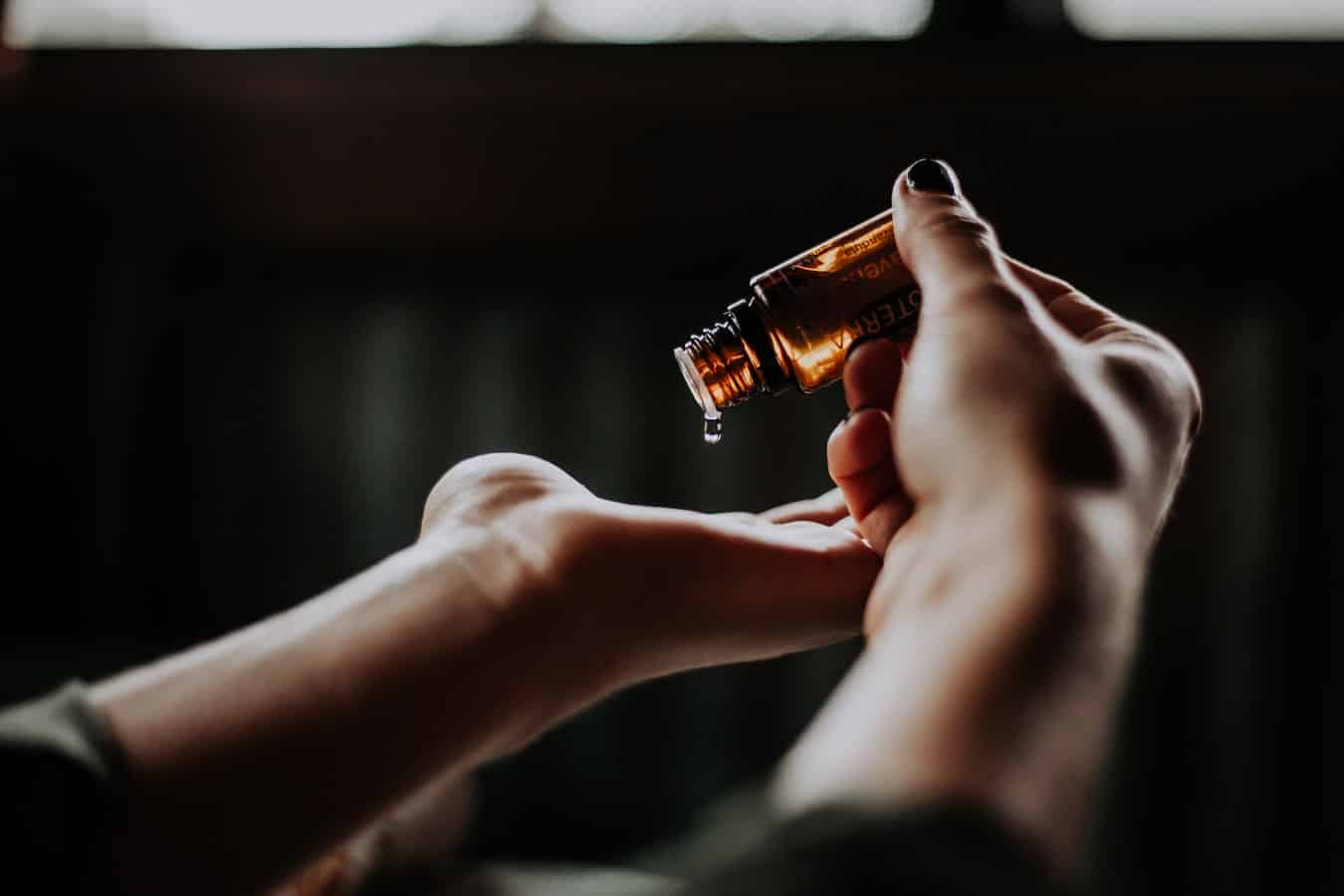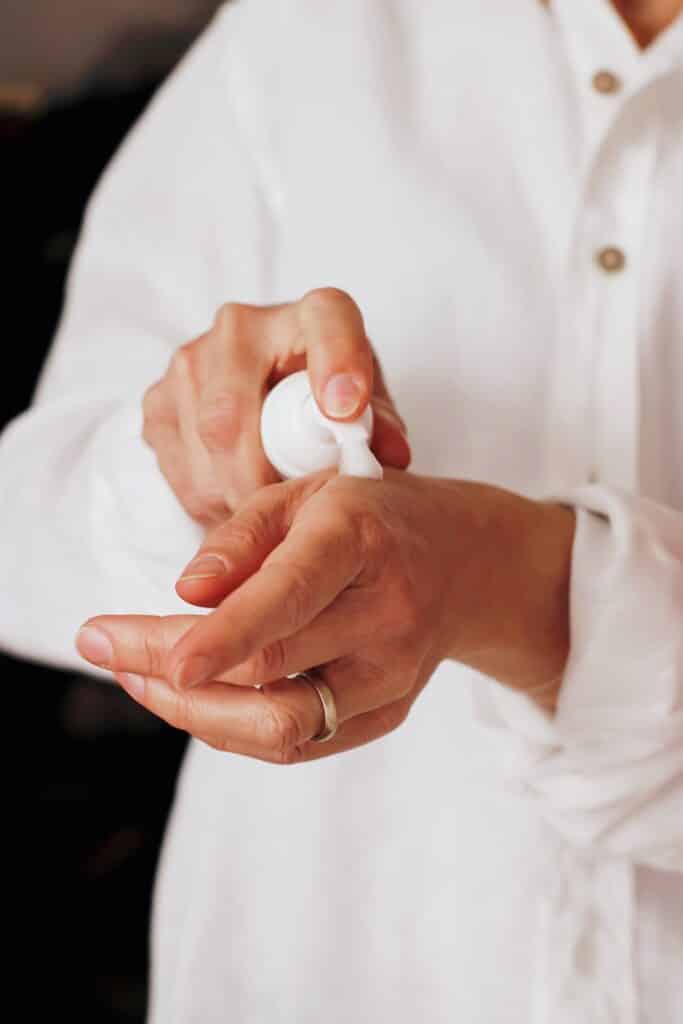Men want to feel their best. When diet and exercise alone aren’t doing the trick anymore, they may wonder what’s behind their decreased energy and libido. Testosterone levels depend on a man’s age, lifestyle, and even the time of day! Some men battle the symptoms of low testosterone more than others.
What Is Testosterone?
Testosterone is a naturally occurring hormone that is primarily produced in the testicles. This hormone has many benefits and helps maintain men’s naturally occurring bodily functions. Such benefits and maintenance include:
- Bone density
- Distribution of fat in the body
- Growth of both body and facial hair
- Red blood cell production
- Muscle strength
- Muscle mass
- Sex drive
- Sperm production
What Are the Signs of Having Low Testosterone?
Now that you know what testosterone is good for, you’re on an easier path to see what the signs of having low testosterone are. If you’re experiencing any — or several — of the following symptoms, you might be suffering from low testosterone:
- Little to no sex drive
- Increased tiredness or fatigue
- Muscle mass reduction
- Irritability or increased sensitivity
- Erectile dysfunction
- Depression
These symptoms can also be attributed to a number of other things, such as drug use, lifelong medical conditions, diabetes, and even obesity. It’s important that you see your doctor if you’re experiencing any of these symptoms so that you can get an accurate diagnosis. The clinical experts at Men’s Revival in Scottsdale can help you get an accurate reading on what your testosterone needs are.
When a man experiences low energy or libido, low testosterone (hypogonadism) may be to blame, and testosterone replacement therapy (TRT) may be the solution.
What Exactly Is TRT?
TRT is a method of hormone treatment that helps a man’s body maintain the necessary levels of testosterone. Men with consistently low levels of testosterone will find that TRT can help reverse their symptoms.
There are several types of TRT, but they all aim to accomplish the same thing: replenish a lack of testosterone. The exact type of TRT received is dependent on the needs of the patient.

Microneedle Injections
The main method of TRT used by Men’s Revival, a men’s health clinic in Scottsdale, Arizona, is the injection method. This treatment generally calls for two testosterone injections each week using a microneedle administered by the patients themselves.
Don’t worry, though, the needles are painless. A nurse from Men’s Revival will help guide the patient during the early injections to ensure safe and effective TRT. After that, it’s easy!
Men interested in testosterone replacement therapy in the Scottsdale area can contact the professionals at Men’s Revival and receive a personalized TRT regimen.
Other Forms of TRT
There are a few other types of TRT for men seeking treatment. Some are more intensive than others, and the exact method used depends on the man. These include:
- Gels applied to the skin
- Testosterone patches that absorb through the skin
- Oral medications, including those applied to gums or swallowed as capsules
- Pellets that are surgically implanted under the skin every few months
- Nasal gels used multiple times a day

What TRT Is Not
When people think about boosting testosterone, they probably think of massive bodybuilders and “juiced” athletes. The chemicals they use are often unapproved, and in many cases dangerous synthetic anabolic steroids.
TRT is much more tame than synthetic steroids. While they both introduce testosterone to the body, TRT restores the body to its natural levels of the bioidentical testosterone that is made by the body.
Men who are concerned about their testosterone should never use unapproved steroids that are not medically supervised for treatment. Steroids can be harmful, addictive, and make problems worse such as destroying a man’s ability to make testosterone if he is young.
Benefits of TRT
Symptoms of low testosterone are sometimes just a byproduct of getting older. Fatigue, low libido, and poor fitness can simply be caused by age.
Aging symptoms and low testosterone symptoms are similar. Men concerned about low testosterone can talk to their doctor and the experts at Men’s Revival to learn if TRT is right for them.
If it is, the specialists at Men’s Revival can lead them in the right direction. Men who get TRT treatments from Men’s Revival notice a vast improvement in their daily lives.
Improved Brain Function
TRT makes men sharper. It improves their mood, helps them concentrate on the tasks at hand, and gives them sharper focus.
Better Sex Drive
Men experiencing a weaker libido and sex drive find relief through TRT. Even men experiencing erectile dysfunction can get back at it after TRT.
Improved Fitness
Men find themselves with toned muscles, improved strength, less fat, optimized metabolism, and more vitality after TRT. TRT helps men feel good and look good as a result.
Safety and Risks of TRT
TRT is a safe treatment option for men with hypogonadism and chronically low testosterone. Working closely with the professionals at Men’s Revival will ensure safe and effective treatment.
When men start TRT, they may experience some uncomfortable side effects, including:
- Symptoms of raised red blood cell count, such as fatigue, weakness, and headaches
- Acne, oily skin and skin irritation
- Disrupted sleep, if they have untreated sleep apnea
While there aren’t long-term effects of TRT, men who are interested in treatment should be aware of possible side effects with their prostate and heart.
Men with some of the following conditions should avoid TRT:
- Confirmed or suspected prostate cancer
- Breast cancer (yes, it happens in males occasionally)
- High red blood cell count
- Blood clots
- Untreated sleep apnea
With the close guidance of their doctor and the experts at Men’s Revival, many men can safely receive TRT.
Is Low Testosterone Preventable?
There aren’t many known ways that low testosterone can be prevented. Low testosterone tends to be caused by either genetic conditions or damages caused to the testicles or the pituitary gland. So while having low testosterone is generally up to chance, you can lower the odds by engaging in healthy lifestyle practices that include things like good nutrition, regular exercise, and avoiding the excessive use of drugs and alcohol. Practices like these will help keep your testosterone levels normal and regulated.
Who Should Not Receive Testosterone Replacement Therapy?
If you’re experiencing low testosterone, you may want to receive TRT. But there are certain men who shouldn’t.
Testosterone replacement therapy can cause the prostate to grow, so if you have early prostate cancer, there’s considerable concern that testosterone could stimulate the growth of this cancer. That’s why men who have prostate cancer shouldn’t receive testosterone replacement therapy. With that in mind, any and all men who are considering testosterone replacement therapy should opt for prostate screening.
Others who shouldn’t receive testosterone replacement therapy include men with:
- An unevaluated lump on their prostate or abnormal PSA reading
- An enlarged prostate that is interfering with normal urinary function
- Breast cancer
- Congestive heart failure
- Untreated obstructive sleep apnea
- Unusually high count of red blood cell
How To Start Testosterone Replacement Therapy: Should You See a Doctor?
Getting started on TRT is easier than ever. While seeing a doctor is always important when embarking on medical treatments, not everyone has time to sit in a crowded waiting room or schedule a visit with a testosterone specialist. Instead, you can get a free consultation from the experts at Men’s Revival testosterone clinic in Scottsdale who can get you started on the path of TRT!
Here’s what you can expect when you choose Men’s Revival easy and affordable process:
- Step 1: You’ll receive a free consultation from one of the Men’s Revival clinical experts. This will help us assess what programs are right for you and your testosterone levels.
- Step 2: Our phlebotomist will draw up your labs and bloodwork in the comfort of your own home at whatever time works best for you between 6-9am.
- Step 3: You’ll receive a remote consultation with a Men’s Revival doctor. The doctor will review your lab results and diagnosis with you and will prescribe the best and most suitable TRT for you. There isn’t a one-size-fits-all program when it comes to low testosterone.
- Step 4: You’ll receive your prescription at your home.
- Step 5: You’ll self-administer your treatments as prescribed.
Why Wait?
Men in the Phoenix/Scottsdale area shouldn’t hesitate to contact the specialists at Men’s Revival to find out if TRT — administered in the comfort of their own homes — is right for them.

